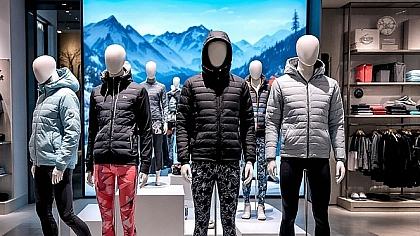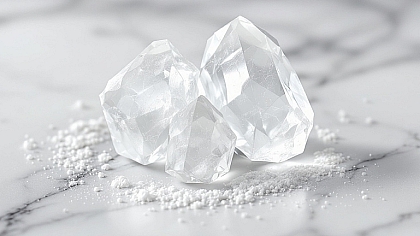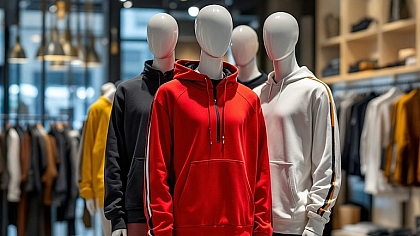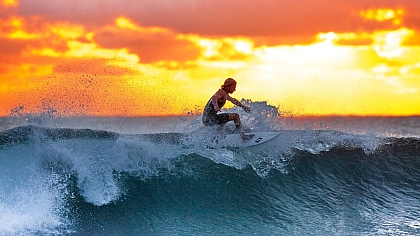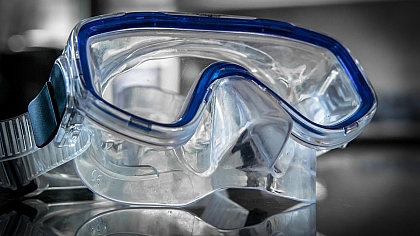
Trekking in Nepal – The Right Gear for Everest Base Camp and Beyond
Nepal is one of the best places in the world for trekking. The mountains are huge, the views are stunning, and the trails take you through villages, forests, and high-altitude landscapes. But to enjoy it safely, you need the right gear.
Quick Checklist: What You Need for Trekking in Nepal
- Layered clothing – Warm but breathable.
- Sturdy hiking boots – Broken-in, waterproof.
- Backpack – 30-50 liters for multi-day treks.
- Trekking poles – Helps with balance and knee strain.
- Sleeping bag – Rated for -10°C (14°F) or lower.
- Water purification – Tablets or a filter.
Now, let’s break down each piece of gear so you know exactly what to pack.
Clothing – How to Stay Warm and Dry
Nepal’s weather changes fast, especially in the mountains. One minute it’s sunny, the next it’s snowing. The best way to stay comfortable is by wearing layers.
Base Layer (Closest to Skin)
- Material: Merino wool or synthetic (not cotton).
- Why? Wicks sweat away and dries quickly.
- What to pack: 2-3 tops and leggings.
Mid Layer (Insulation)
- Fleece jacket – Light but warm.
- Down/synthetic vest – Good for extra warmth without bulk.
Outer Layer (Protection from Wind & Rain)
- Waterproof jacket – Gore-Tex or similar.
- Waterproof pants – For rain or snow.
Other Essentials
- Warm hat & gloves – Frostbite is a real risk at high altitudes.
- Buff or neck gaiter – Protects from dust and cold wind.
- Sunglasses (UV 400) – Snow glare can hurt your eyes.
Footwear – The Most Important Gear
Good boots can make or break your trek. Blisters or weak ankle support will slow you down.
Hiking Boots
- Ankle support – Prevents twists on rocky trails.
- Waterproof – Nepal’s trails can be wet and muddy.
- Break them in – Wear them for at least a month before your trek.
Socks
- Material: Merino wool (keeps feet dry, prevents blisters).
- How many? 3-4 pairs (rotate to keep them fresh).
Camp Shoes
- Lightweight sandals or sneakers – Give your feet a break at tea houses.
Backpack & Trekking Poles
Backpack
- Daypack (20-30L) – If you have a porter.
- Multi-day pack (50L+) – If carrying your gear.
- Rain cover – Or use a waterproof liner inside.
Trekking Poles
- Why use them?
- Saves knees on steep descents.
- Helps balance on rocky trails.
- Adjustable vs. fixed – Adjustable is better for Nepal’s varied terrain.
Sleeping Gear – Staying Warm at Night
Tea houses provide beds, but blankets aren’t always enough.
Sleeping Bag
- Rating: -10°C (14°F) or lower for high-altitude treks.
- Down vs. synthetic: Down is lighter but pricier.
Sleeping Bag Liner
- Adds 5-10°F of warmth.
- Silk or fleece – Easy to wash.
Other Must-Have Gear
Water Purification
- Tablets (chlorine/iodine) – Lightweight but tastes funny.
- Filter (like Sawyer Mini) – Better taste, lasts longer.
Headlamp
- Essential for early morning hikes or power outages.
First Aid Kit
- Blister plasters, painkillers, altitude sickness meds.
Sun Protection
- SPF 50+ sunscreen – High-altitude sun burns fast.
- Lip balm with SPF – Chapped lips hurt.
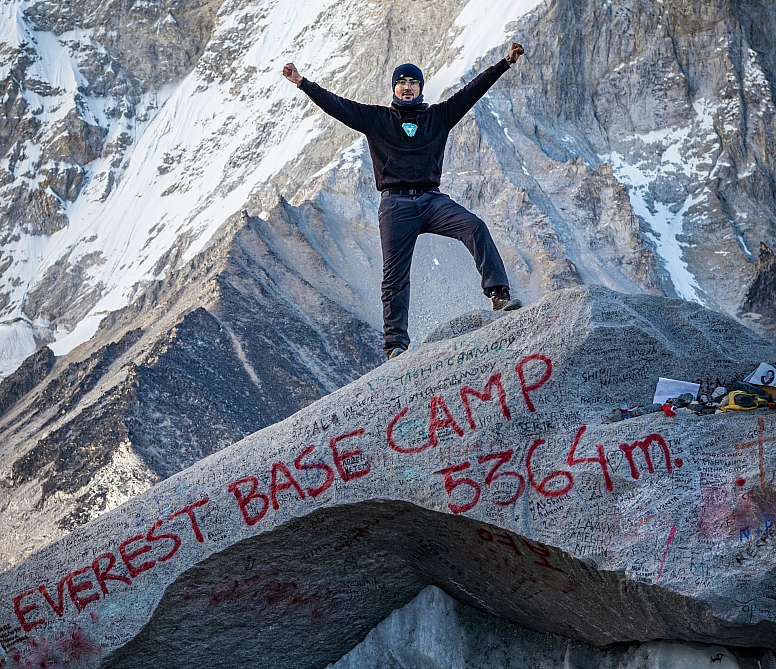
Key Lesson From Trekkers: Don't Cut Corners On Essential Gear
Many first-time trekkers make the same mistake - trying to save money on critical items like gloves, only to regret it later. On the Everest Base Camp Trek route, numerous hikers have found themselves rushing to buy replacement gear in Namche Bazaar after discovering their budget gloves couldn't handle the freezing temperatures.
The takeaway is clear:
- Gloves should be insulated and waterproof
- Boots need proper ankle support and must be broken in
- Sleeping bags require appropriate temperature ratings
These three items are where you should invest in quality rather than looking for the cheapest option. The mountains will test your gear - make sure it's up to the challenge.
Altitude Considerations for Your Gear Choices
As you climb higher in Nepal's mountains, two things happen: the air gets thinner and temperatures drop dramatically. This affects your gear needs in specific ways:
- Breathable fabrics become crucial - you'll sweat during climbs but freeze during breaks
- Wind protection matters more than you think - Himalayan winds cut through inadequate jackets
- Layering flexibility lets you adapt quickly to changing conditions
At 3,000 meters, a light fleece might suffice. By 5,000 meters, you'll want a down jacket even during daytime hikes. The smart approach is packing versatile layers that can be mixed and matched.
Specialized Gear for Different Treks
Not all Nepal treks require identical equipment:
| Trek | Special Gear Needs |
|---|---|
| Everest Base Camp | Heavy down jacket, -10°C sleeping bag, oxygen meter |
| Annapurna Circuit | Rain gear (lower elevations are wetter), swimsuit for hot springs |
| Manaslu Circuit | More substantial footwear (rougher trails), extra snacks (fewer tea houses) |
| Langtang Valley | Dust mask (dry trails), camera (incredible scenery) |
The Tea House Advantage
One of Nepal's trekking advantages is its network of tea houses, which affects what you need to carry:
- No tent required (saves 2-3kg from your pack)
- Fewer meals to pack (but bring high-energy snacks)
- Charging available (though bring a power bank)
However, tea houses mean you'll be carrying your pack between lodges daily, so every kilogram matters more than on camping treks. This makes smart packing - choosing multi-use items and leaving non-essentials behind - particularly important.
When to Splurge vs. Save
Based on guide recommendations and trekker feedback:
Worth the investment:
- Footwear (blisters can ruin your trek)
- Sleeping bag (cold nights are miserable)
- Jacket (your primary defense against wind/cold)
Can save on:
- Trekking pants (basic quick-dry ones work fine)
- Base layers (affordable synthetics perform well)
- Water bottles (reuse disposable ones)
Final Check Before You Go
Test your complete kit:
- Wear all layers simultaneously - can you move comfortably?
- Walk 5km with a loaded pack - any discomfort?
- Sleep in your bag at home - too warm/cold?
This rehearsal helps spot problems before you're on the trail. Many Kathmandu gear shops offer last-minute fixes if something fails your test.
The right gear makes Nepal's treks safer and more enjoyable. While the initial cost may seem high, quality equipment lasts for multiple adventures. Focus on the essentials that protect you from the elements, and you'll be free to enjoy the breathtaking Himalayan landscapes.
Ready for Your Nepal Trek?
Packing the right gear makes trekking in Nepal safer and more enjoyable. If you’re heading to Everest Base Camp or Annapurna, double-check your list before you go.
And remember—good boots and a warm sleeping bag are worth every penny.
FAQs About Trekking in Nepal
1. Can I rent gear in Kathmandu?
Yes, shops in Thamel rent sleeping bags, jackets, and trekking poles. But quality varies.
2. Do I need a porter or a guide?
For Everest Base Camp, yes (it’s required). For other treks, it’s optional but helpful.
3. How heavy should my backpack be?
Under 10kg if using a porter, under 15kg if carrying it yourself.
4. What’s the best month to trek?
October-November (clear skies) or March-April (warmer, flowers blooming).
5. Are there charging outlets in tea houses?
Yes, but you’ll pay extra. Bring a power bank.
Now lace up those boots—your Himalayan adventure awaits!
6. How do I prevent gear theft in tea houses?
Use your sleeping bag as a pillow and keep valuables in a small daypack you take everywhere.
7. Are down jackets really necessary?
Above 4,000m, yes - synthetic jackets often don't provide enough warmth when stationary.
8. Should I bring a solar charger?
Only for long treks - power banks suffice for 2-week trips with careful use.
9. How many spare batteries for my headlamp?
Two sets of lithium batteries (they last longer in cold weather).
10. Is broken-in gear really that important?
Absolutely - 60% of early returns from treks are due to footwear problems.
With your gear dialed in, you're ready to focus on what really matters - the incredible journey through Nepal's majestic mountains. The right preparation leads to unforgettable experiences.
